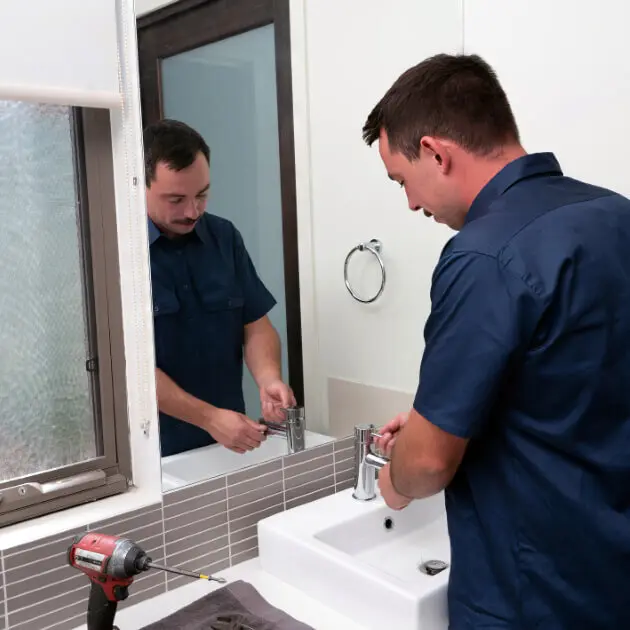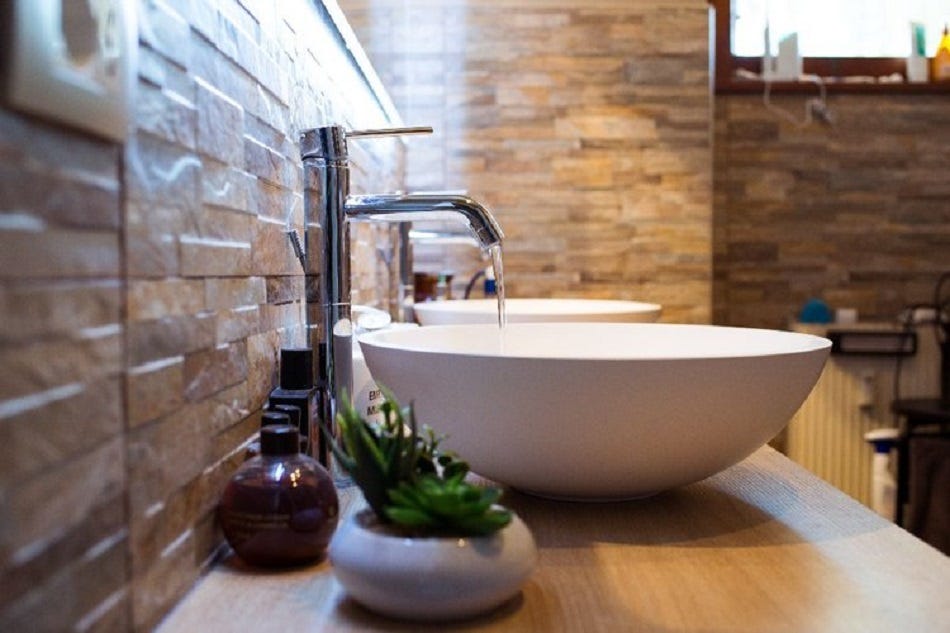Each person will have his or her own theory with regards to Essential DIY Bathroom Plumbing Tips Every Homeowner.

For new home owners, understanding and preserving washroom pipes can save both money and time by preventing pricey problems down the line. Here are some vital washroom plumbing ideas to assist you keep every little thing running smoothly.
Plan For Cold Weather
Protect your pipelines from freezing throughout winter by shielding pipes in unheated areas like cellars, attics, and garages. During extreme chilly, let cold water drip from taps served by exposed pipes to help avoid cold.
Schedule Routine Upkeep
Take into consideration scheduling yearly assessments with a qualified plumbing. They can spot issues that you may miss out on, such as hidden leakages or deterioration on pipes and fixtures. Regular maintenance assists expand the life of your plumbing system and can prevent emergencies.
Acquaint Yourself with the Key Shut-Off Shutoff
Recognizing where the major water shut-off valve lies in your house is crucial. This enables you to swiftly turn off the water in case of major leakages or throughout plumbing emergencies, avoiding extensive water damage.
Consistently Inspect for Leakages
Tiny leaks can result in large problems. Regularly inspect under sinks, around bathrooms, and near pipes fixtures for any kind of signs of leaks. Seek dampness, tiny drips, or rust. Catching and fixing leaks early can prevent more serious damage and save water.
Preserve Your Hot Water Heater
Ensure your hot water heater is set to an ideal temperature (commonly around 120 levels Fahrenheit) to avoid scalding and decrease power usage. Flush the storage tank annually to eliminate sediment build-up, which can lower the efficiency and lifespan of your heater.
Upgrade Your Fixtures
If your home has older components, think about updating to extra effective designs. Modern commodes, showerheads, and taps are created to make use of less water while supplying great pressure, which can dramatically reduce your water expense and ecological footprint.
Beware with Do It Yourself Plumbing Fixes
While it's appealing to manage all home repair services on your own, be cautious with pipes. Some problems might require specialist know-how, particularly if they include major water lines or sewage system repair work. Hiring an expert can occasionally be a lot more affordable than DIY, specifically if it avoids further damage.
Don't Ignore Slow Drains Pipes
If your sink or bathtub is draining pipes gradually, it's typically an indicator of a blockage forming. Resolving this early can prevent a full clog. Use a bettor or a plumbing technician's serpent to clear out particles. Prevent using chemical drainpipe cleaners as they can damage your pipes with time.
Know What Not to Flush
Commodes are not waste disposal unit. Prevent purging anything other than bathroom tissue and human waste. Items like wipes, feminine hygiene products, and cotton swabs ought to be thrown away in the trash to stop clogs and drain backups.
Install Strainers in Drains
Area strainers in your sink and bath tub drains to capture hair and other debris before they enter your pipes system. Cleansing the filters regularly will assist avoid accumulation and keep water moving easily.
Verdict
Comprehending and keeping your home's bathroom pipes can protect against many typical issues. By adhering to these necessary tips, you can guarantee your washroom continues to be practical and efficient, saving you time and money over time.
Essential Plumbing Tips for Homeowners: Keep Your Pipes Flowing Smoothly
As a homeowner, understanding the basics of your plumbing system can save you time, money, and a lot of headaches. Plumbing issues can range from minor annoyances like dripping faucets to major problems like burst pipes that cause significant damage. This guide provides essential tips to help you maintain your plumbing system and tackle common issues.
Understanding Your Plumbing System
Supply System: Brings fresh water into your home from a municipal source or a well. Drain-Waste-Vent System: Removes wastewater and vents sewer gases outside. Fixtures and Appliances: Includes sinks, toilets, showers, dishwashers, and washing machines. Basic Maintenance Tips
Regular Inspections: Periodically check for leaks, corrosion, and other signs of wear and tear. Look under sinks, around toilets, and near water heaters. Know Your Main Shut-Off Valve: In case of a major leak, you’ll need to shut off the water quickly. Ensure everyone in your household knows where the main shut-off valve is located. Prevent Frozen Pipes: In cold climates, insulate exposed pipes and let faucets drip during extreme cold to prevent freezing. Use Strainers: Install strainers in sinks and tubs to catch hair, food particles, and other debris that can cause clogs. Common Plumbing Issues and Solutions
Clogged Drains:
Prevention: Avoid pouring grease down the drain and use drain screens to catch debris. DIY Fix: Use a plunger or a plumbing snake to clear minor clogs. For stubborn clogs, a mixture of baking soda and vinegar can sometimes help. Leaky Faucets:
Prevention: Replace washers and seals regularly. DIY Fix: Turn off the water supply, disassemble the faucet, and replace worn parts.

Click Here